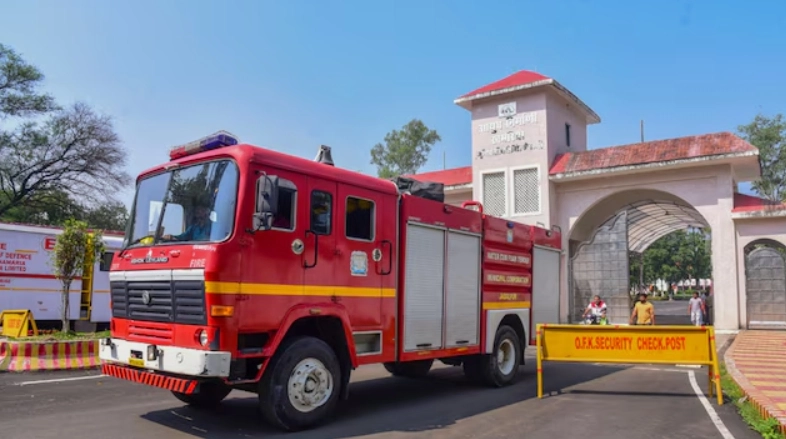
Many may wonder why the water in fire tenders doesn’t freeze when the temperature plummets below freezing. This question arose recently at Toronto’s Pearson International Airport. Despite sub-zero temperatures blanketing the airport in ice, causing even a Delta Airlines flight (4819) to skid off the runway, fire tenders sprayed water to manage the situation. This led many to wonder what prevents the water in these vehicles from freezing.
Insulated water tank: In regions prone to freezing temperatures, specialised fire tenders are deployed. These vehicles feature thermally insulated tanks, minimising the impact of external temperatures on the water stored inside. This thermal insulation plays a crucial role in maintaining the water’s temperature.
Vacuum-insulated pipeline: Fire tenders incorporate a vacuum-insulated pipeline system that constantly circulates the water within the tank. This continuous circulation prevents water stagnation, a key factor in ice formation.
Heating system: Some fire tenders are equipped with heating systems to maintain the water at a warm temperature. This further ensures that the water remains in liquid form, ready for use even in the most frigid conditions.
Thus, a combination of anti-freeze chemicals, insulated water tanks, vacuum-insulated pipelines, and heating systems ensures that the water in fire tenders remains in a usable state, regardless of how low the temperature drops.